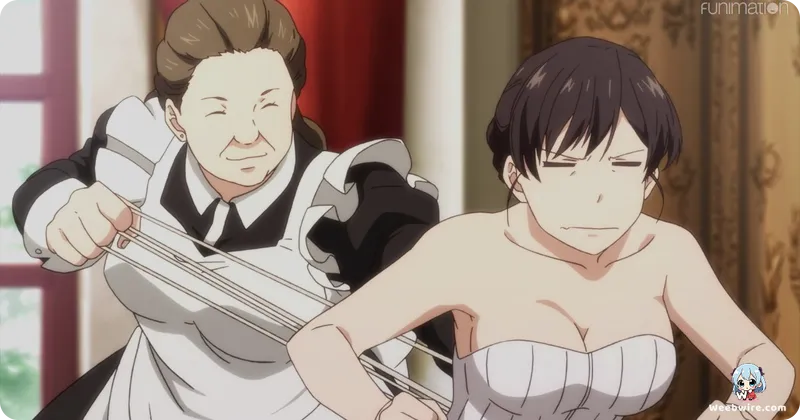The 1.5x Factor: How 'The Saint's Magic Power is Omnipotent II' Mastered Slow-Burn Romance and Scientific Fantasy

A Distinct Approach to Isekai Narrative
The Saint's Magic Power is Omnipotent II (Seijo no Maryoku wa Bannou Desu) distinguishes itself within the crowded Isekai genre by deliberately shifting its narrative focus. Rather than emphasizing explosive action sequences, the series dedicates significant attention to detailed bureaucratic processes, the practice of dedicated herbalism, and a nuanced, slow-burn romantic development. This second season successfully continues to engage audiences by exploring fascinating, lesser-known world-building elements that solidify its unique appeal among fantasy enthusiasts.
The Precision of Omnipotence
A fundamental aspect of protagonist Sei Takanashi’s abilities and a key piece of world-building is the precise quantification of her 'omnipotence.' Upon her summoning, Sei gains not only high-tier purification magic but also unparalleled mastery in potion crafting. The source material, authored by Yuka Tachibana, meticulously establishes that her self-made elixirs are not vaguely superior; they possess a measurable potency exactly 1.5 times greater than the kingdom's highest standard.
This specific numerical benchmark underscores the author's commitment to grounded fantasy, quickly validating Sei's critical role. This precision draws the necessary attention of key figures, such as Jude and the director of the Medicinal Flora Research Institute, cementing her status as an indispensable asset to the national medical infrastructure. This level of detail anchors the fantasy elements firmly within a functional, almost scientific reality.

A Mature Romantic Dynamic
The development of the core romantic relationship between Sei and Captain Albert Hawke notably defies typical Isekai tropes. Eschewing immediate attraction or harem dynamics, their bond is forged through professional respect, shared endeavors, and mutual growth. The author intentionally paced their relationship to emphasize trust, showcasing Albert’s stoic character through subtle, meaningful gestures. For example, he consistently relies on Sei’s judgment in high-stakes situations rather than attempting to shield her.
This mature dynamic, where Albert accepts and respects Sei's formidable power and independence, is a core strength of the narrative. The second season successfully deepens this delicate balance, reinforcing the idea that Sei’s true 'omnipotence' includes the power to define her own destiny, independent of political or royal expectation.
Focus on Research and Slice of Life
Structurally, the narrative avoids extensive royal court intrigue. Instead, it positions the Medicinal Flora Research Institute as the true heart of the story. This emphasis highlights the 'Slice of Life' aspects, showcasing Sei's genuine contentment in meticulously researching ingredients and developing new recipes. This focus allows for her seamless integration into the new world, effectively sidestepping the relentless political pressures typically associated with being the publicly recognized Saint. Fans frequently cite the detailed, almost procedural depiction of potion creation as one of the most soothing and engaging facets of the show.
Studio diomedéa's Visual Execution
The choice of Studio diomedéa for the adaptation proved crucial to maintaining the series' unique tone. Recognized for their skill in handling character-driven stories and creating visually 'cozy' environments, diomedéa utilized a soft color palette and intricate background detail to capture the serene atmosphere of the research lab. Their careful animation of small, essential actions such as the precise preparation of herbs or the shimmering of newly brewed elixirs ensures that quiet, methodical moments carry narrative weight equal to any magical confrontation. This commitment to visual nuance underscores why The Saint's Magic Power is Omnipotent II resonates so deeply, offering a refreshing, detail-rich experience.
Credits
The Saint's Magic Power is Omnipotent II
Author
Yuka Tachibana
Cover Art
Yasuyuki Syuri
Studio
diomedéa
Publisher
Kadokawa
Producers





